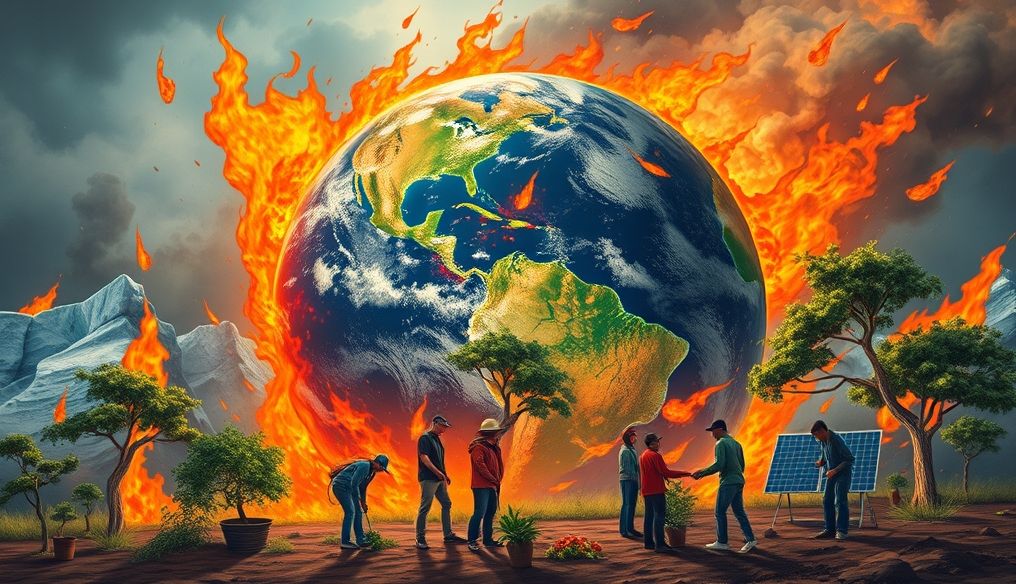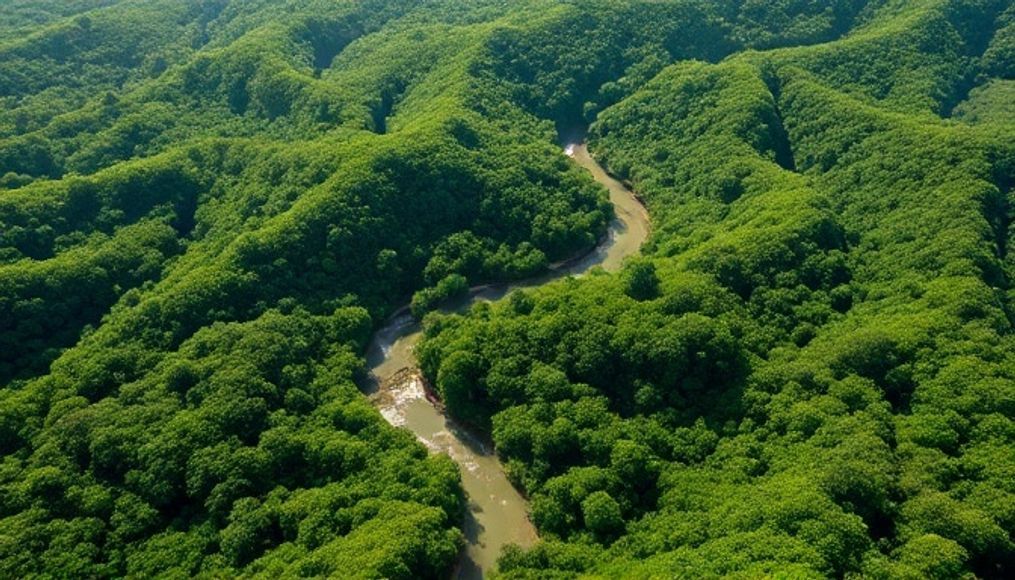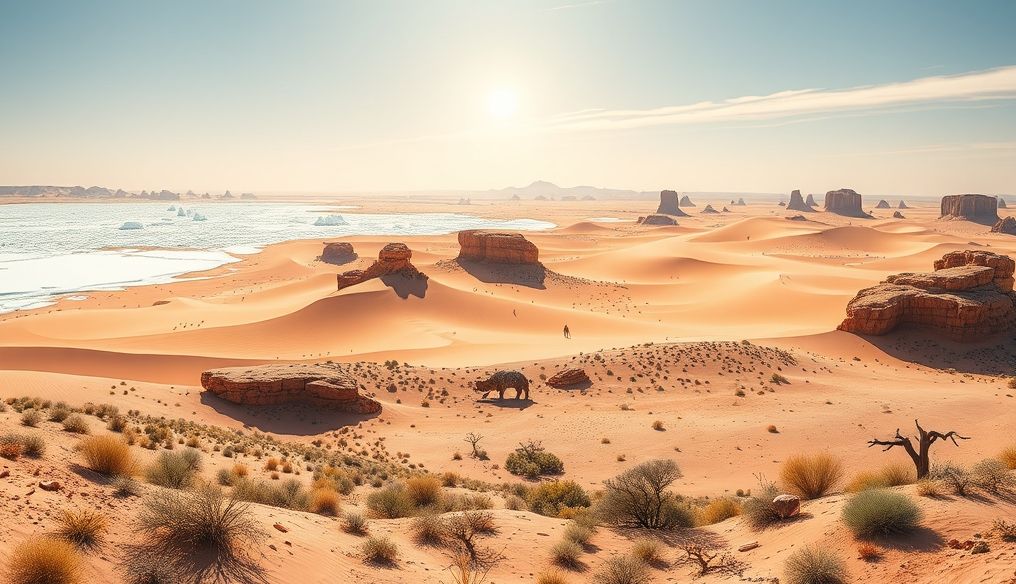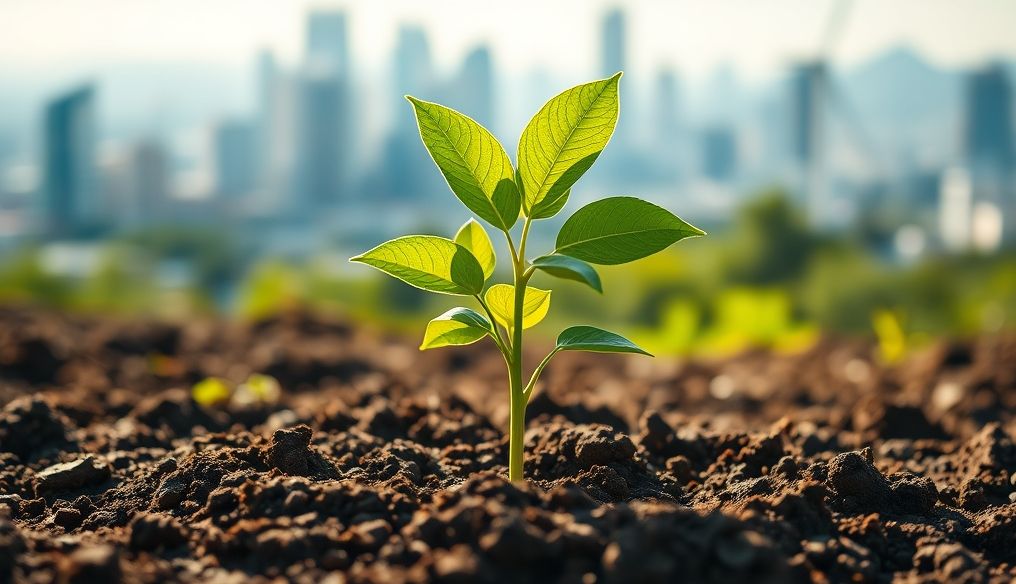What is Global Warming?
Global warming, or climate change, is the gradual increase in the average temperature of the Earth's surface and oceans. This increase is primarily due to the increased concentration of greenhouse gases in the atmosphere, which trap heat and prevent it from escaping into space.
Causes of Global Warming
The main causes of global warming include:
- Burning Fossil Fuels: The burning of coal, oil, and natural gas is the largest source of carbon dioxide (CO2) emissions, which is the main greenhouse gas.
- Deforestation: Forests play a crucial role in absorbing carbon dioxide from the atmosphere. Deforestation reduces this ability and releases the carbon stored in trees into the atmosphere.
- Agriculture: Agricultural practices, such as the use of nitrogen fertilizers and livestock farming, contribute to the emission of potent greenhouse gases such as nitrous oxide and methane.
- Industrial Processes: Some industrial processes, such as cement production, release large amounts of carbon dioxide.
Main Greenhouse Gases
The main greenhouse gases responsible for global warming include:
- Carbon Dioxide (CO2): The main product of burning fossil fuels and deforestation.
- Methane (CH4): Produced by agriculture, livestock farming, and waste decomposition.
- Nitrous Oxide (N2O): Produced by the use of nitrogen fertilizers and industrial processes.
- Fluorinated Gases (F-gases): Used in refrigeration, air conditioning, and other industrial processes.
Devastating Effects of Global Warming
Global warming has widespread and devastating effects on the environment, society, and the economy.
Sea Level Rise
Rising global temperatures lead to the melting of glaciers and ice sheets, which increases the volume of water in the oceans and raises sea levels. This rise threatens low-lying coastal areas with flooding and frequent inundation, forcing populations to displace and leading to significant economic losses. Estimates suggest that sea levels could rise by one meter or more by the end of the 21st century, putting hundreds of millions of people at risk.
Changes in Weather Patterns
Global warming leads to significant changes in weather patterns, increasing the frequency and intensity of extreme weather events such as:
- Heat Waves: Heat waves are becoming longer and more intense, increasing the risk of heatstroke, dehydration, and heat-related deaths.
- Droughts: Droughts are increasing in some areas, leading to water shortages, degradation of agricultural land, and an increased risk of wildfires.
- Hurricanes and Storms: Hurricanes and storms are becoming more powerful, causing widespread destruction to infrastructure, property, and lives.
- Floods: Floods are increasing in some areas, leading to displacement of populations, water contamination, and outbreaks of disease.
Impacts on Agriculture and Food Security
Global warming affects agriculture and food security in several ways:
- Changes in Rainfall Patterns: Changing rainfall patterns lead to water shortages in some areas and increased rainfall in others, affecting crop productivity.
- Rising Temperatures: Rising temperatures reduce the productivity of some crops and increase the spread of pests and diseases.
- Soil Degradation: Droughts and floods lead to soil degradation and loss of fertility.
As a result of these impacts, the world may face food shortages and rising food prices, increasing the risk of hunger and malnutrition.
Impacts on Public Health
Global warming has negative impacts on public health, including:
- Infectious Diseases: Rising temperatures and changing rainfall patterns lead to the spread of infectious diseases transmitted by insects such as malaria and dengue fever.
- Respiratory Diseases: Air pollution from burning fossil fuels and wildfires increases respiratory diseases such as asthma and bronchitis.
- Heat-Related Illnesses: Heat-related illnesses such as heatstroke and dehydration increase with rising temperatures.
Impacts on Biodiversity
Global warming leads to loss of biodiversity in several ways:
- Habitat Changes: Climate change leads to changes in natural habitats, forcing species to migrate, adapt, or become extinct.
- Rising Ocean Temperatures: Rising ocean temperatures lead to coral bleaching and the death of other marine organisms.
- Spread of Invasive Species: Climate change facilitates the spread of invasive species that threaten native species.
How Can We Address Global Warming?
Addressing global warming requires global efforts from governments, businesses, and individuals.
Mitigation of Emissions
The main goal is to significantly and rapidly reduce greenhouse gas emissions. This can be achieved through:
- Transition to Renewable Energy Sources: Replacing fossil fuels with renewable energy sources such as solar, wind, and hydropower.
- Improving Energy Efficiency: Using energy more efficiently in buildings, transportation, and industry.
- Stopping Deforestation and Planting Trees: Protecting existing forests and planting trees to absorb carbon dioxide from the atmosphere.
- Developing Carbon Capture and Storage Technologies: Capturing carbon dioxide from industrial sources and storing it underground.
Adaptation to Climate Change
Even with emission reductions, some climate changes will continue to occur. Therefore, it is necessary to adapt to these changes through:
- Building Climate-Resilient Infrastructure: Building roads, bridges, and dams that are resistant to floods and storms.
- Developing Sustainable Agricultural Practices: Developing drought- and heat-resistant crops and implementing agricultural practices that reduce greenhouse gas emissions.
- Managing Water Resources Sustainably: Conserving water and developing alternative water sources.
- Protecting Coastal Areas: Building seawalls and planting mangroves to protect coastal areas from rising sea levels.
The Role of Individuals
Individuals can contribute to addressing global warming by:
- Reducing Energy Consumption: Turning off lights and electrical appliances when not in use, and using energy-efficient light bulbs.
- Using Sustainable Transportation: Walking, cycling, or using public transportation instead of driving.
- Reducing Waste and Recycling: Reducing waste and recycling recyclable materials.
- Eating a Sustainable Diet: Reducing meat consumption and eating more vegetables and fruits.
- Supporting Companies and Organizations that Adopt Eco-Friendly Practices: Buying products and services from companies that are committed to environmental sustainability.
Our Future in the Face of Global Warming
Global warming is a significant challenge, but it is not insurmountable. By taking bold and immediate action, we can protect our planet and our future. We must work together as individuals, communities, and governments to reduce emissions, adapt to climate change, and build a sustainable future for all.




